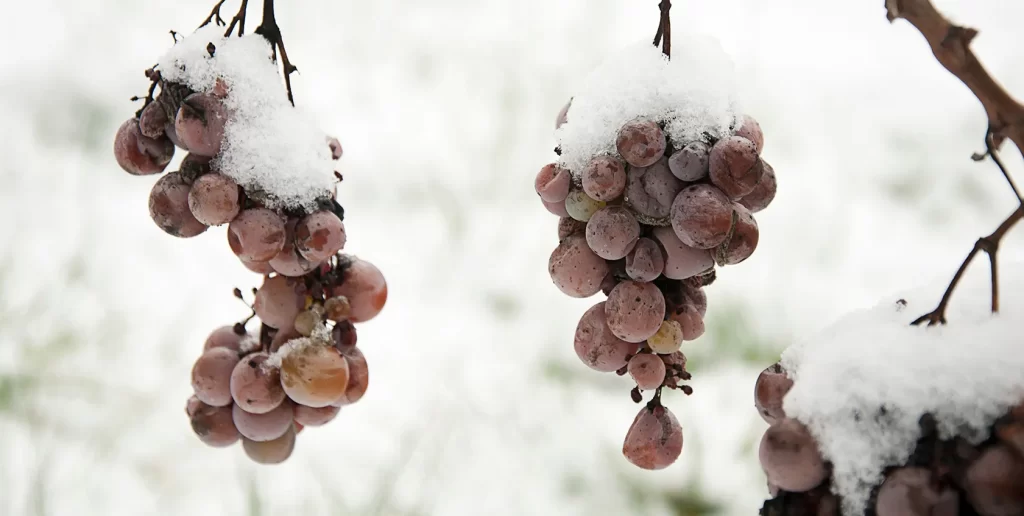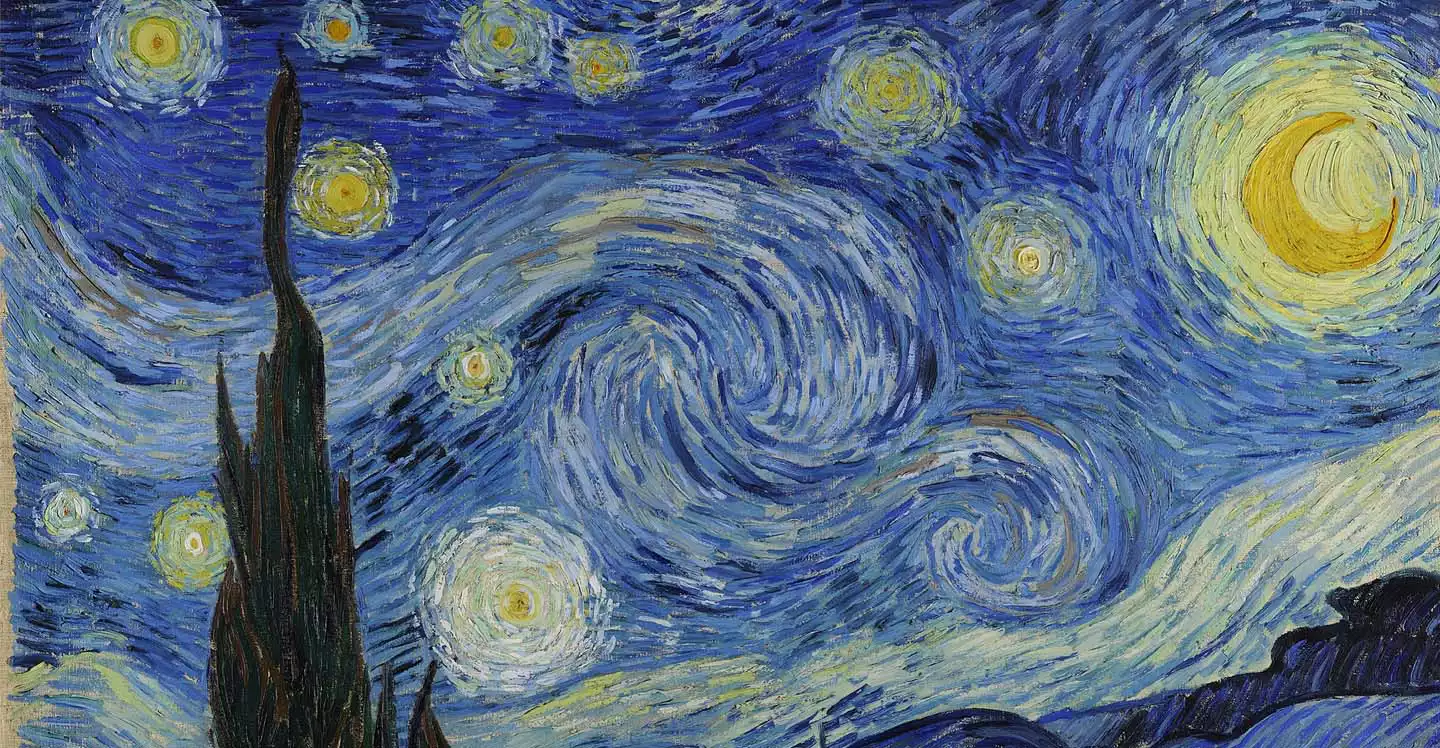Sometimes our issue when deciding what to drink is that we’re limited to choosing between red, rosé, and white wine, but the truth is there are always new things to try. As we mentioned in “Five brands of champagne for your most memorable toasts,” there are red, white, rosé, and sparkling wines—but did you know there is also an ice wine?
What is ice wine?
Ice wine is obtained through the fermentation of grapes that, due to cold climate, were naturally frozen on the vine at a temperature between -46 ºF and -53 ºF. These wines possess a characteristic golden color that acquire an amber hue over time and are a very good choice to pair with dessert, an excellent option for lovers of sweet wine.
How did it come about?
In 1794, in the northern part of Bavaria, Germany, the winter season arrived ahead of schedule and the winegrowers were not prepared for this, so the frost and snowfall took them by surprise. The grapes froze on the vines, but instead of writing off the crop, they cut them as they were and continued the process. To their fortune and surprise, everything turned out well, since the wine they made from these grapes, due to its intense acidity, highlighted its fruity and aromatic sweetness in a pleasant way.
Knowledge about how to make this type of wine spread throughout Europe and the rest of the world from 1846 to 1880, since, of course, cold climate affects other parts of the world.

Type of grape
The grape varieties that are usually used to make this sweet wine are Riesling and Gwürztraminer.
Process
- Selection: The grapes to be harvested for this purpose must be carefully selected, because they must be completely healthy to withstand low temperatures. You must be very aware of how much the temperature drops and hope that it does not go below -55 ºF, because at those temperatures, the ice crystals can harm the grapes.
- Harvest: Always done in the coldest hours of the morning. The grapes are picked and immediately transported to the winery to start the process as soon as possible, since they must be kept frozen.
- Squeezing: As in most wine extraction methods, squeezing extracts the must.
- Pressing: It is done naturally with the grapes still frozen. As expected, as the pressing progresses, the melting and the temperature increase. Because of this, only a small part of the must is obtained, which means that this wine will be more expensive. When the water contained in the fruit of the vine freezes, it allows much more concentrated sugars and flavors to be produced, which are released when the fruit is pressed, giving it that characteristic flavor that is impossible to find in any other variety of wine.
- Fermentation: It is a slow process. Two to three months are recommended, since low temperatures prevent fermentation from starting immediately.
- Breeding: In wood.
Where is ice wine made?
- Canada: Today, Canada is one of the most famous producers of ice wine due to the country’s adequate temperatures for this process. The Niagara region is the main producer, but Ontario, British Columbia, Quebecm and Nova Scotia are also of note.
- Germany: As previously mentioned, ice wine originates in this country, produced mainly in the Rhine region.
- France: The French translation is “vin de glace,” and its production in that country is rather limited.
- Austria: In this country, ice wine is produced in the Neusiedlersee region.
- United States: It is in the northern states where it is made, due to the weather conditions.
- Spain: Since they don’t have the natural climatic conditions to make it, they produce a similar wine, what they call “cryoconcentrate,” which refers to artificially frozen grapes
Tasting and pairing
- Be careful: Although it is ice wine, it should not be consumed ice-cold because it spoils. Instead, enjoy it at a temperature of 50 to 53 ºF.
- They are sweet wines, though not overly sweet, due to the balance provided by the extreme acidity, which makes them fresher.
- Complex aromas, medium body, long finish, and persistent aftertaste.
- It is recommended to consume them “young”: they do not age well.
- Dessert wines, ideal to consume after a meal.
- These wines pair perfectly with fois gras, strong cheeses such as Roquefort, blue cheese, goat cheese, hard cheese, cured cheese, as well as salted nuts, black olives, dark chocolate, or fruit-based desserts that aren’t too sweet.





